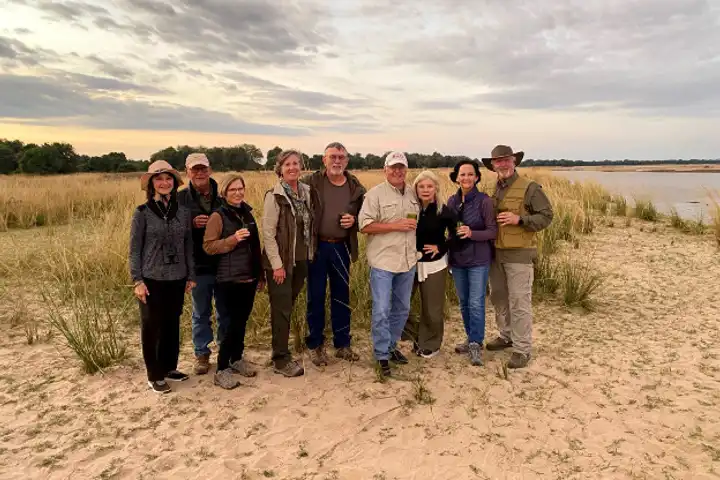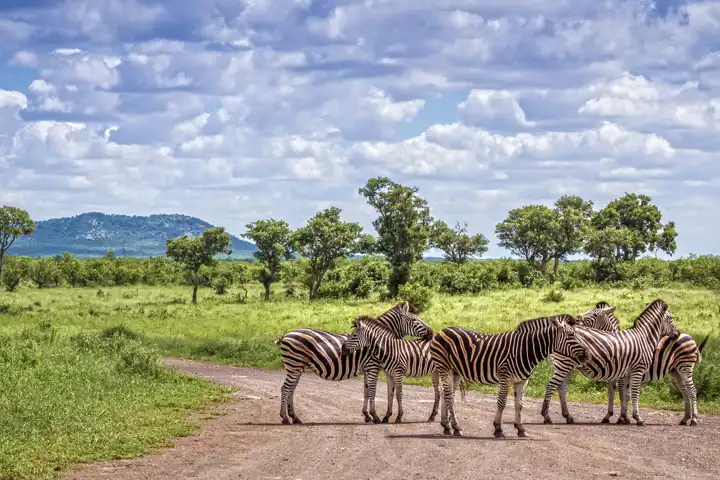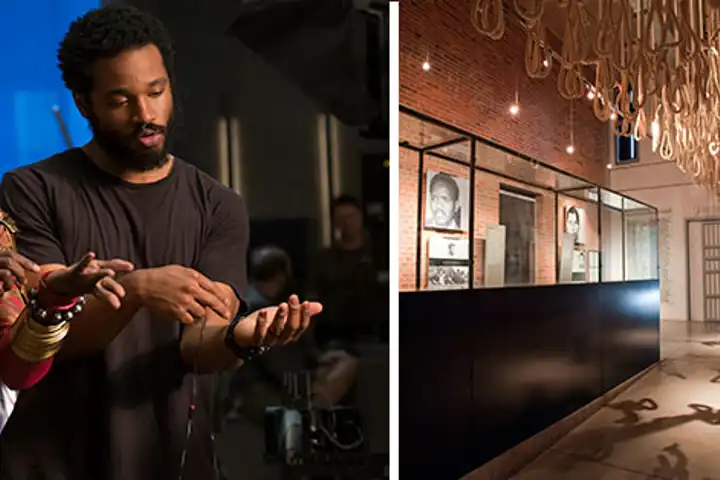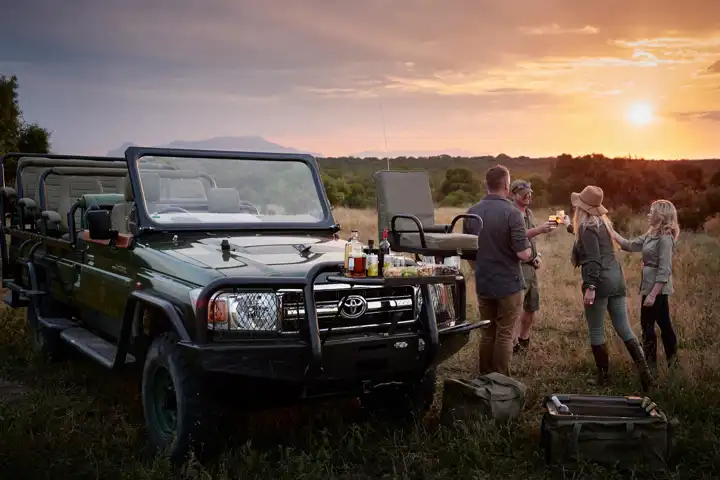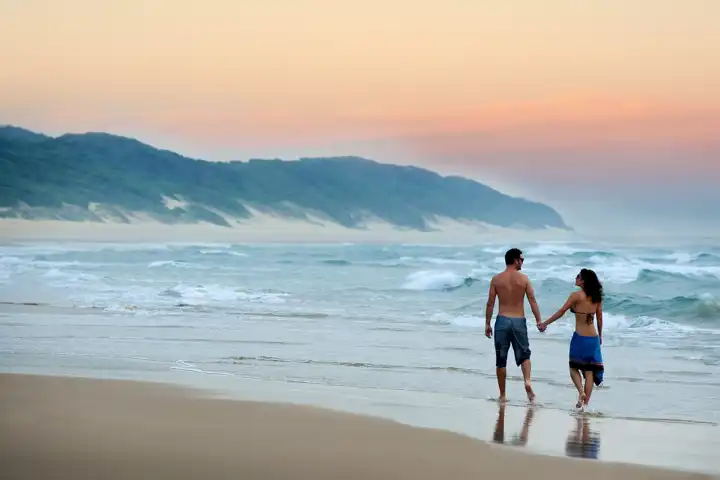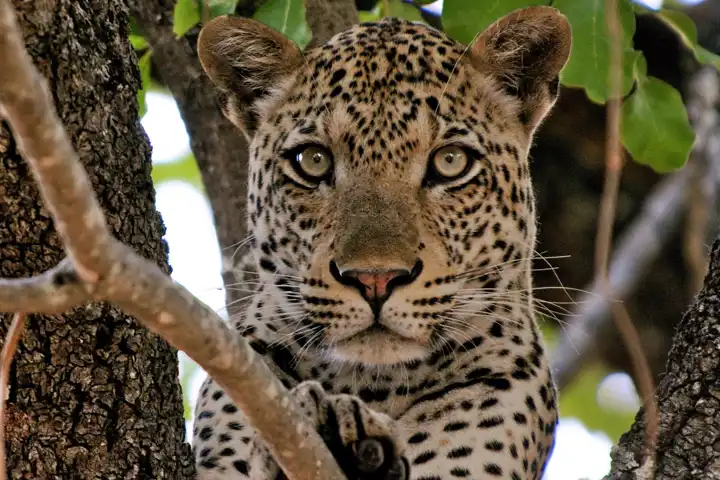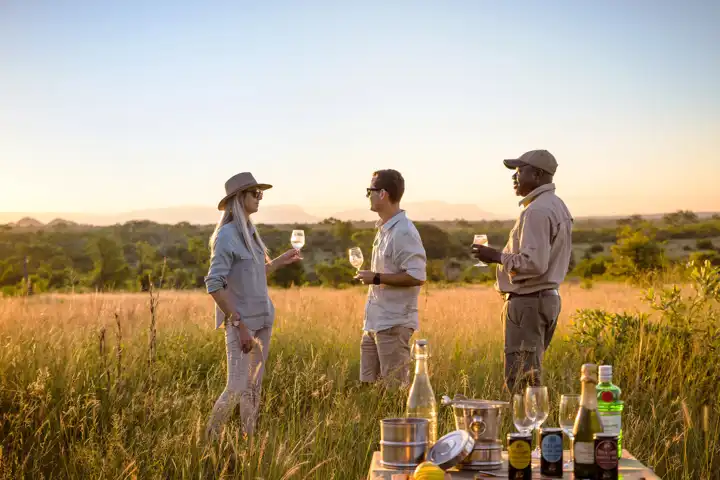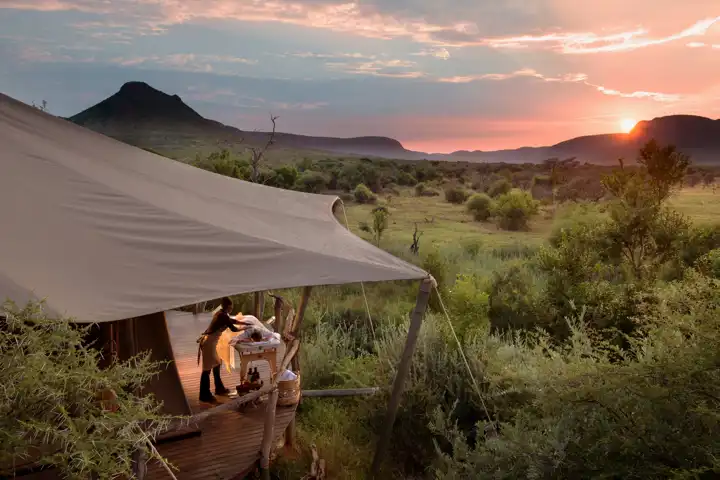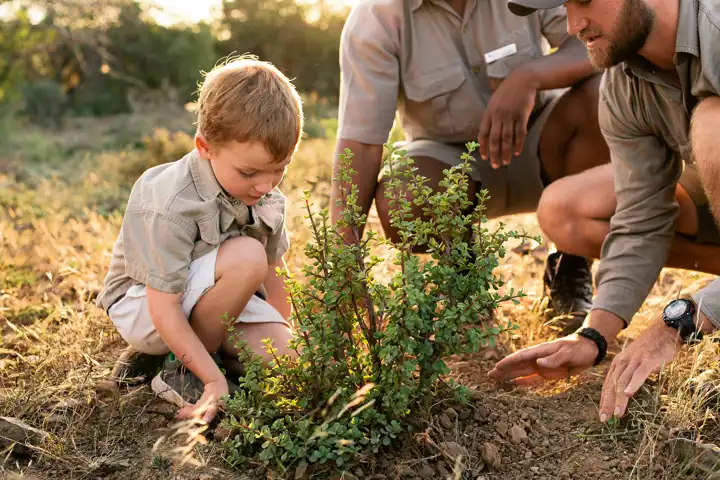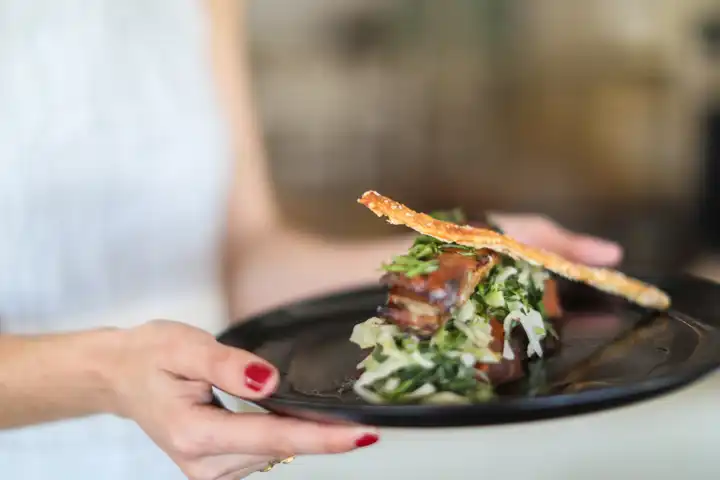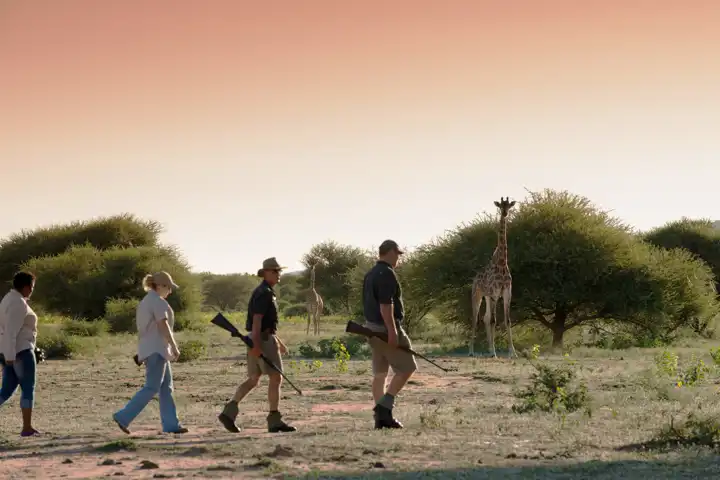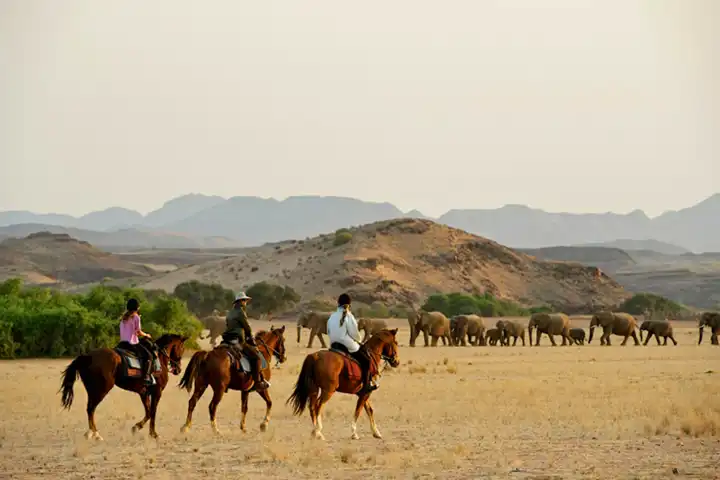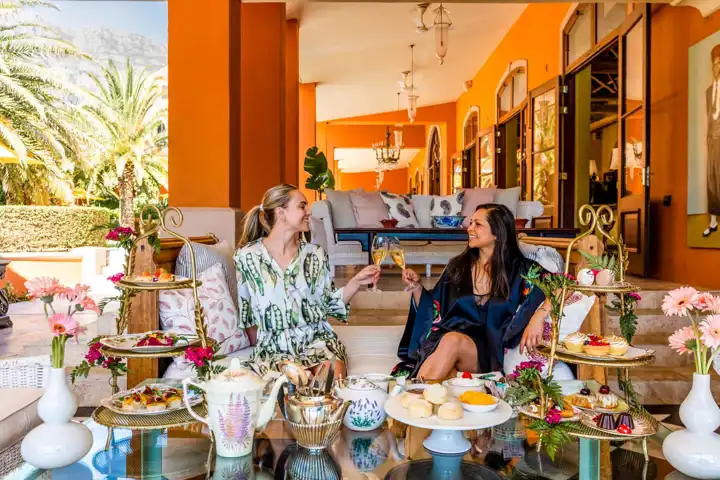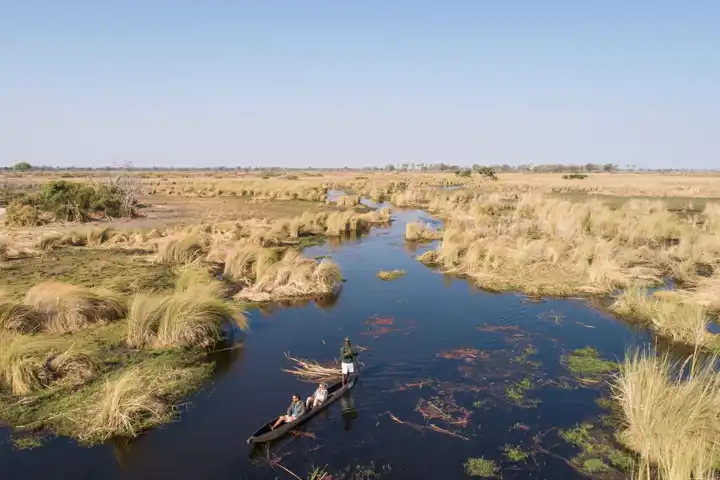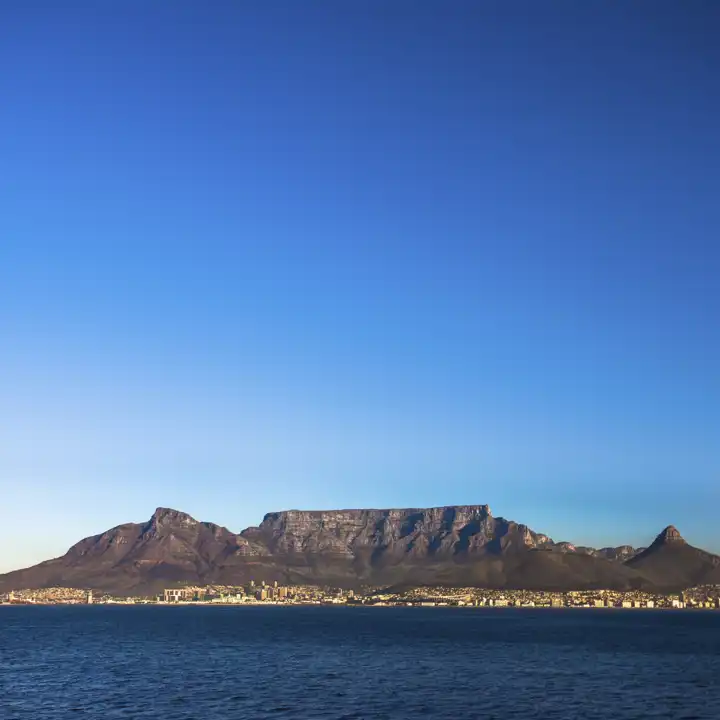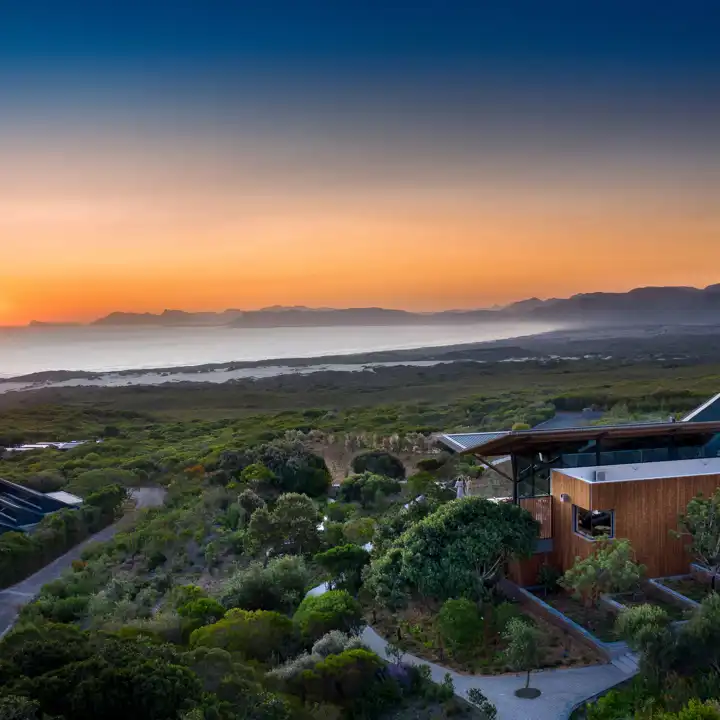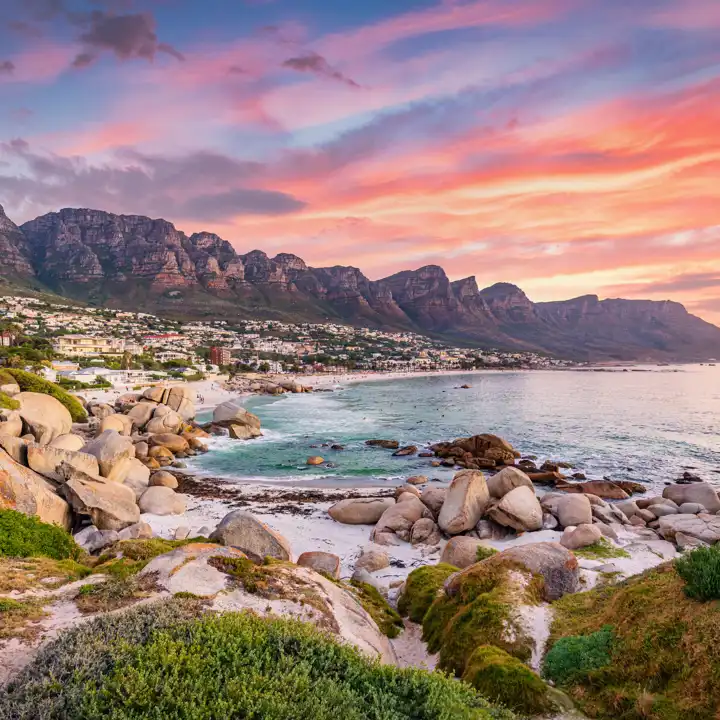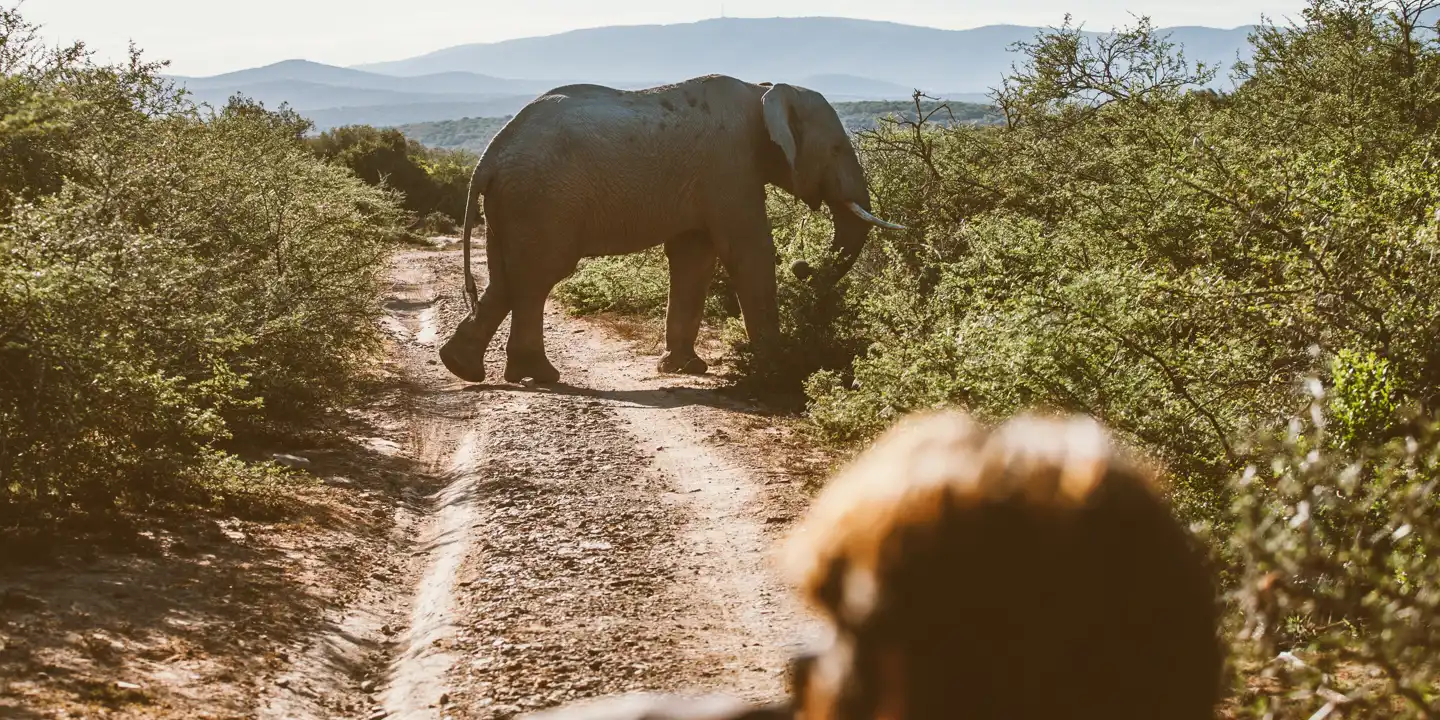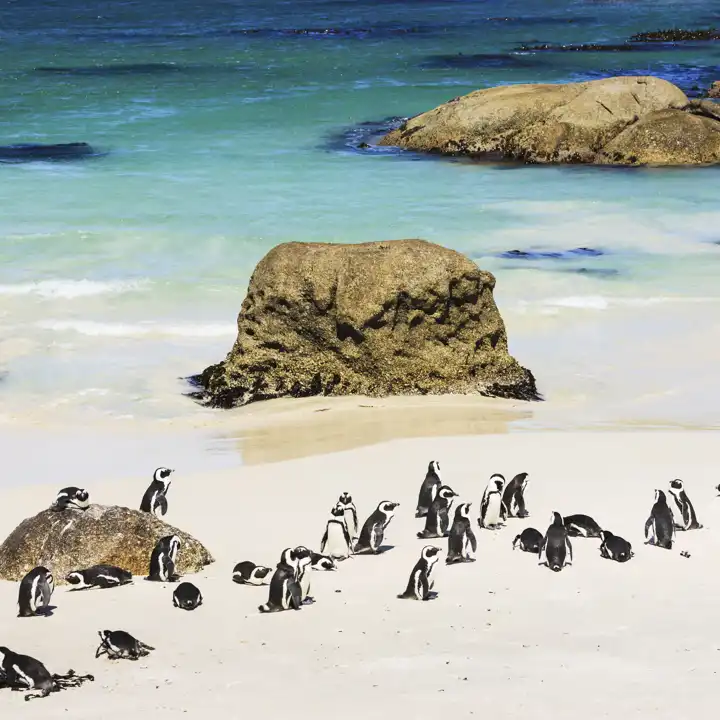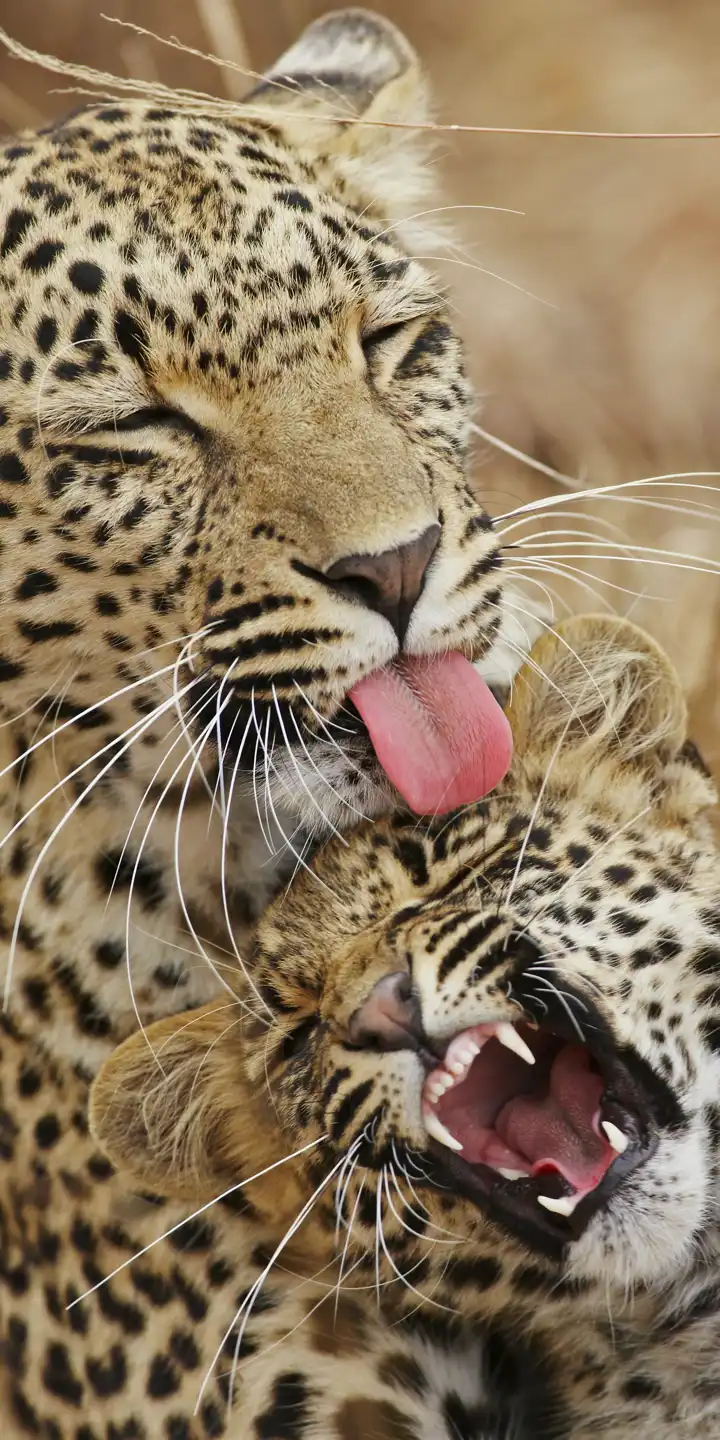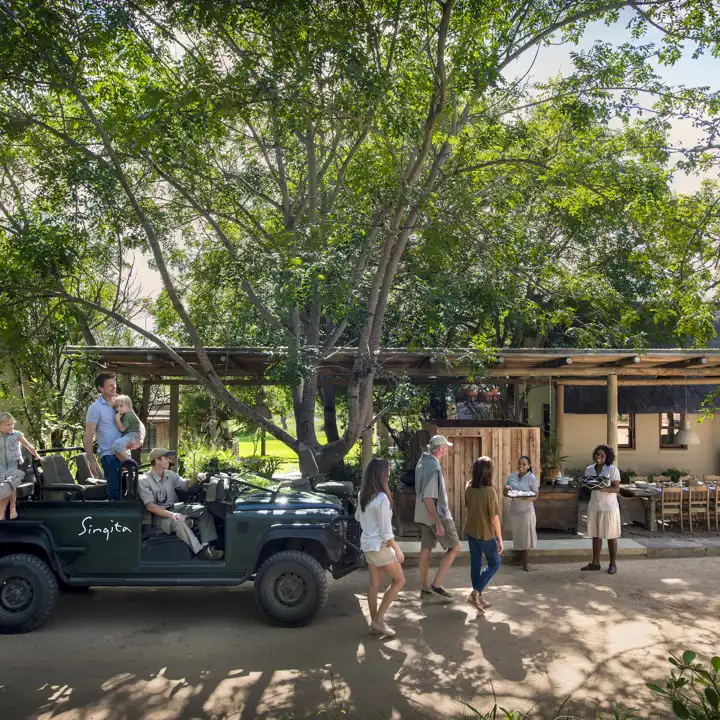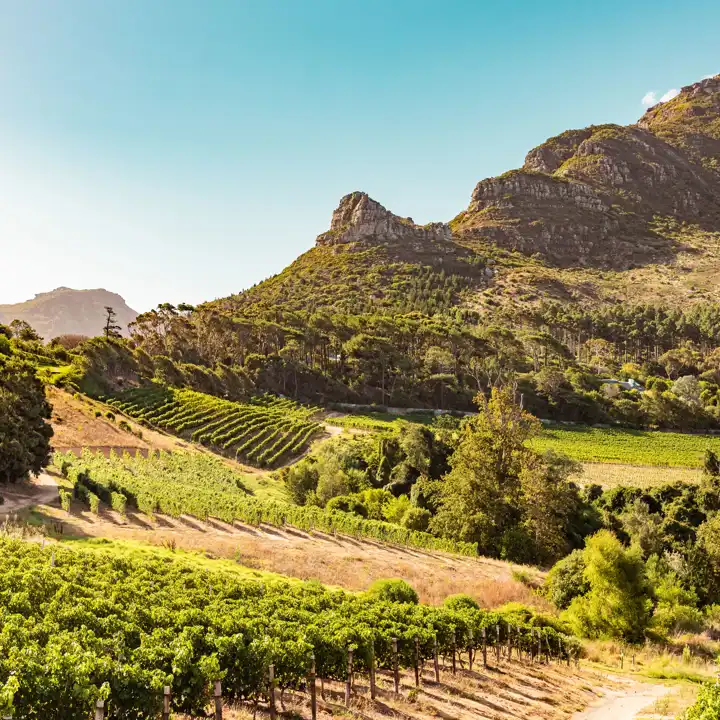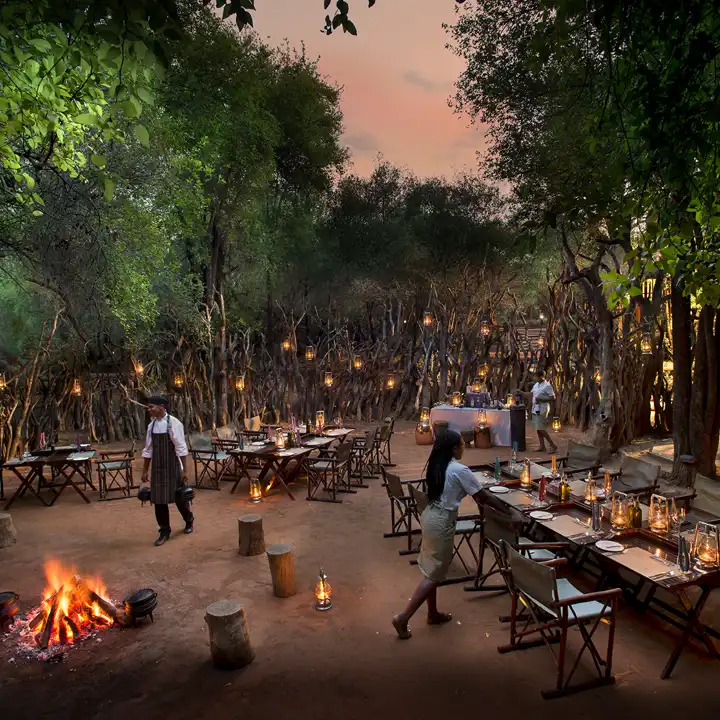South Africa
Beaches, Cities, Safaris, Culture... The Quintessential African Experience
South Africa
South Africa luxury travel is the quintessential African experience. This is the perfect destination for first-time visitors and families hoping to take a South African safari in luxury. It’s full of beaches, cities, safaris, culture, and everything that goes into a memorable and multifaceted travel experience. Indeed, the country’s diverse offerings continually make it a favorite among both new and seasoned veterans of Africa.
More is Better
From the hippos of the Limpopo River to the penguins of the Cape, South Africa is one of the most diverse countries on earth. There are more types of terrain, more up-and-coming gourmet chefs, more wildlife concentrations, and more humbly welcoming people than most know how to process in their first visit. The wildlife roams freely in Kruger National Park, wildflowers grow incessantly on Cape Town’s Table Mountain and Cape Point, pristine beaches stretch for miles along the Cape, Southern Right Whales break waves along the rugged coastline of Hermanus, vibrant tribal customs live on in KwaZulu-Natal, and some of the world’s finest (and oldest) vintages come from the fertile soil of the Winelands.
South Africa Luxury Travel
Active travelers will delight with our luxury travel in South Africa options. Golf, mountain trekking, diving, and walking safaris are all on offer. Meanwhile, those seeking quiet respite will delight in award-winning spas and private winery tastings. All the while, history comes alive with visits to Cape Town’s District Six and ancient caves in the Cederberg once inhabited by early man.
The Ker & Downey Touch
Ker & Downey journeys through South Africa embody the spirit of exclusive luxury and have won numerous travel awards from National Geographic, Condè Nast, and more for their breathtaking scenes of nature and little details of personalized luxury throughout. Plus, many of our luxury safaris in South Africa are malaria-free, and our legendary service takes the guesswork and worry out of your journey.
Book a South Africa Safari
Talk to a Ker & Downey travel expert about creating your own South Africa luxury safari, or combine a journey to this beautiful country with others such as Botswana, Namibia, Zambia, and more. Explore our completely customizable South Africa luxury travel itineraries for more inspiration.

